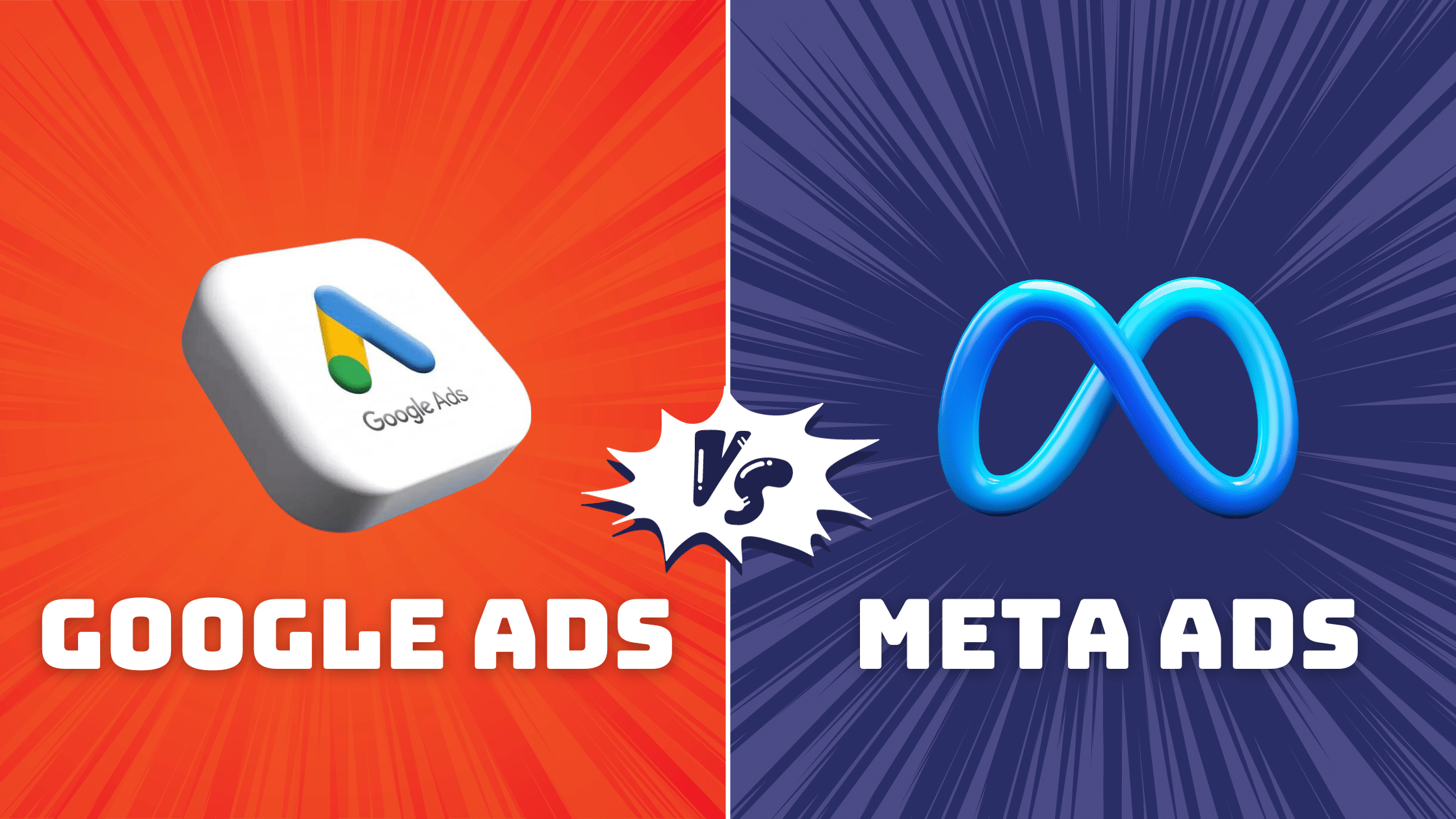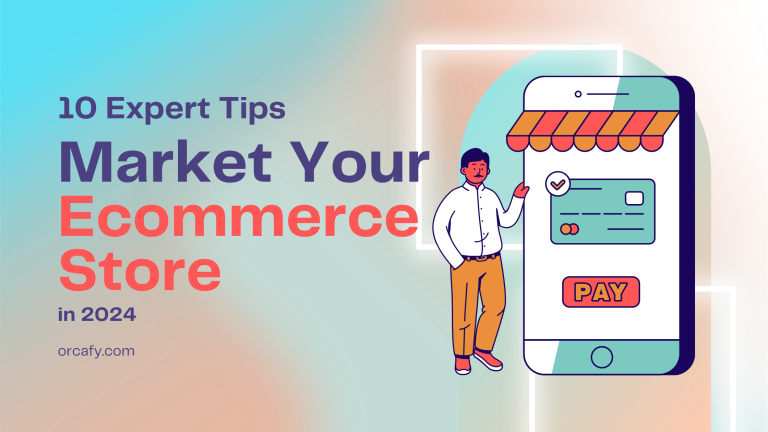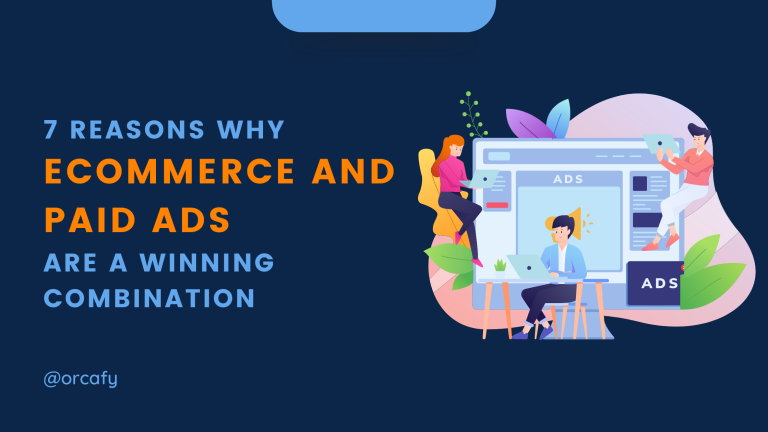Maximizing Visibility: META Ads vs. Google Ads
In the digital marketing arena, the clash between Meta Ads and Google Ads has long captivated advertisers’ attention. Often portrayed as rivals battling for dominance, the misconception prevails that businesses must choose one over the other. This misleading notion overlooks the potential synergies between these advertising behemoths, fostering confusion among newcomers to online advertising.
Unveiling the Truth Behind Google Ads and META Ads
Contrary to the perceived competition, savvy businesses leverage the unique strengths of both Google and Meta Ads in harmony. This tandem approach yields substantial visibility, heightened leads, increased sales, and an expanded customer base. To harness these benefits effectively, align strategies with the distinct functionalities each platform offers.
Exploring the Discrepancies
Before delving into the strengths, understanding the core divergence is paramount. Google Ads, formerly AdWords, dominates the PPC (Pay-Per-Click) landscape as the largest platform globally. It operates on a keyword-targeting model, where advertisers bid on specific search terms, intending their ads to appear alongside relevant search results.
Conversely, Meta Ads thrive in the realm of ‘paid social.’ It leverages users’ interests and behaviors to connect businesses with potential customers. Unlike Google’s keyword-driven model, Meta Ads operates as a platform where customers find businesses based on their interests and online behaviors.
The Power of Google Ads: Unparalleled Reach and Quality Focus
Google’s unrivaled search volume, handling billions of queries daily, presents an immense audience. Its Search and Display networks allow advertisers to target diverse keywords and engage users across approximately 98% of the internet. Contrary to budget misconceptions, Google prioritizes ad relevance and quality, providing a level playing field where high-quality ads thrive over exorbitant spending.
Additionally, Google offers a myriad of ad formats and features, from ad extensions to rich visual elements, empowering advertisers to customize and tailor campaigns effectively.
META Ads: Granular Targeting and Visual Appeal
With over 1.55 billion monthly active users, Meta’s strength lies in granularity. Its users share intricate details, enabling advertisers to create ‘lookalike audiences’ mirroring existing customer profiles. This granular targeting allows for precise audience segmentation and messaging alignment, enhancing ad relevance.
Visual storytelling is another forte of Meta Ads. Seamlessly blending with users’ feeds, visually compelling ads create an immersive experience, leveraging imagery and video content to convey aspirational messages.
Harmony in Diversity: Leveraging Both Platforms
Instead of pitting Google against Meta Ads, businesses benefit from a cohesive approach. This involves understanding the strengths of each platform and devising strategies aligned with their functionalities. While maintaining consistent messaging, it’s essential to optimize campaigns for maximum ROI and business growth across both platforms.
In conclusion, the dichotomy between Google Ads and Meta Ads is a misnomer; their symbiotic relationship offers a potent advertising synergy. Employing a dual strategy that capitalizes on the unique strengths of each platform is a surefire way to maximize visibility and drive business success.
If you need further assistance or have any questions, feel free to reach out to ORCAFY.




